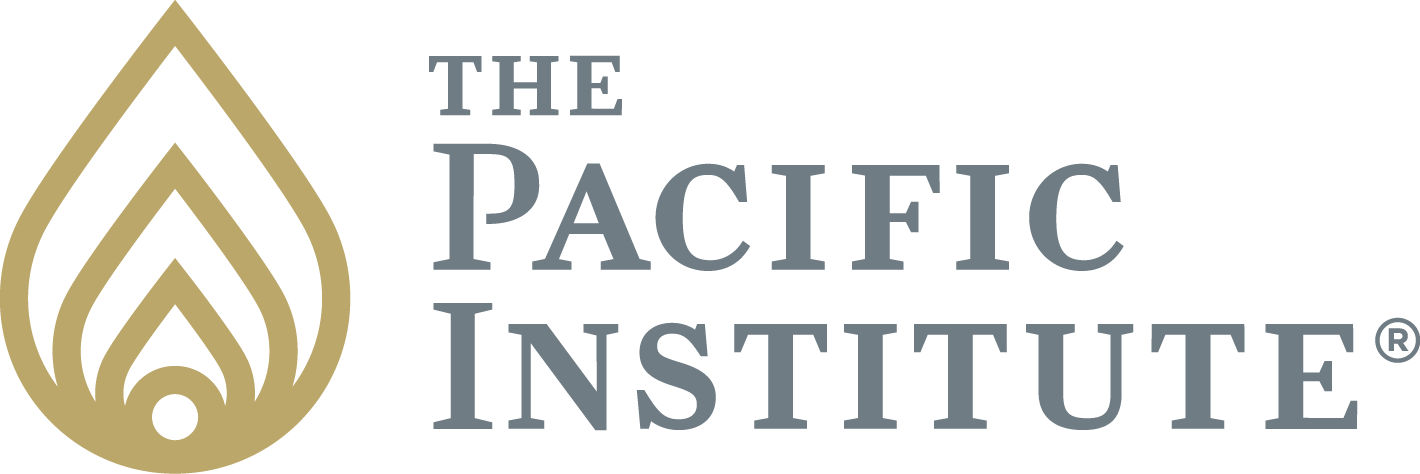Emotion is a critical part of the learning process, but educators often underestimate its importance. There’s a tendency to think of emotion or caring as this touchy-feely stuff that has nothing to do with learning. However, there is a cognitive side to emotion.
The human brain goes through an electrical chemical process or synapse when emotion is connected with a learning event, and you can actually see these synapses with a CAT scan. Once people understand that there is a cognitive side to teaching with emotion, they begin to see that there is something to it.
I’ve taken this idea of cognitive science to many colleges and schools in the past 21 years. When I first started telling people about the intelligent heart, they probably thought it was just touchy-feely stuff. However, today there’s more and more research out there showing this absolutely to be fact.
Emotion Aids Memory
Cognitive is a word we use to describe logical reasoning or something that makes sense, such as two plus two equals four. It is a skill that can be learned dealing with thoughts and perceptions. There are basic, fundamental psychological cognitive studies that relate to how people learn best, and I’m not sure enough teachers know this.
One of the things I tell people right upfront is that we forget 66% of what we hear in 24 hours, and within 30 days it’s down to 10%. Unless the information is assimilated and started within 72 hours, it usually dissipates, and within six months it’s almost out of mind. However, the good news is that research shows that repetition allows a message to make an impact. People need to hear things at least eight times, some of us 16, some of us 32, to make an imprint in the neurons of the brain. Unless there’s an imprint in the neuron structure of the brain, behavior doesn’t change. You fall right back to what we refer to as current reality, rather than the vision of what we aspire to.
To help people make an impact with their messages, our training shows people how to use the three Ms: Model, Mentor and Monitor. With modeling, you go through the material yourself to absorb it. Then it should be Mentored. There are many mentoring techniques, which is what the art of facilitating is all about. The third part of it is Monitoring. If you don’t hold yourself and others accountable, or follow up and take the pulse, you slip right back into current reality.
This is the heart of what causes change through what appears to be repetition. One technique that works is writing something down and not only reading it over and over, but picturing it as though it’s already done. The words trigger pictures and the pictures should give you some type of emotion or feeling to cause imprinting in the brain. Emotion is important because that’s what causes the synapse, or the electrical-chemical process in the brain. Someone learning how to pass information on to others needs to know that there has to be some form of emotion or excitement to cause the electrical-chemical process in the brain. It’s like taking a picture with a flash. The emotion is that flash that causes the image to go onto the negative.
One accounting instructor asked me recently how to get emotion into his class. I just sat for a minute and said, “Well, I used to teach accounting years ago. How does the student feel when the debit equals the credit? Or when the checkbook balances? It might not be a skyrocketing feeling, but there’s contentment there.” It takes that feeling of fulfillment, accomplishment or contentment to really make an imprint in the brain, allowing it to remember things and perform well.
Shots of Spice
Anybody who had been a master at getting information across has been able to repeat it but come across from different angles. But there’s a fine line between repetition and redundancy. Some teachers back off because they think students have understood the point they’re trying to make because they’ve said it once. However, students don’t necessarily absorb it the first time.
Another factor is that humans take side trips every three to five minutes, and if the material’s boring, they can take one every 30 seconds. When they’re taking side trips, they’re not listening. However, if they’re taking a side trip and it’s related to what they’re learning, it can be very beneficial.
In addition to repetition, we talk about “shots of spice,” doing things to keep people awake. We walk around the room, put on an overhead or write on the board. There are even words that wake people up, and one of the most awakening words is “break”. If an instructor says, “#8220;Well, before we break,” what is said right after that in the next 10 seconds appears to be what people will remember. So if you say, “Well, before we break,” or “Before we have lunch,” or “Before we wrap up for the day,” everybody wakes up and that is where you get them. The master facilitator knows what to front-end load right after making those comments.
Retention Results
When people go through The Pacific Institute curriculum, we want to get them to understand some of these basic methodologies that are psychologically rooted. Then we want them to merge their teaching style with this understanding and create their own persona as they Model and Mentor. We use the term “intelligent heart.” There are people with a lot of intelligence who might not have enough heart, and there are people with a lot of heart who don’t have the intelligence to know some of these things.
Our program is extremely effective in the classroom, and also effective with all school employees and staff, including, receptionists, janitors and office personnel. In my opinion, everybody in the school is a Model and Mentor, not just the teachers. This is why we train everybody in a school. They all begin to model, mentor and monitor within the institution. One of the big benefits is not only happy people but results in student retention and persistence.
New and Different
It used to be thought that if you gave faculty and staff members information, they would learn how to facilitate it to students; that teachers would naturally know how to Model and Mentor. We found this is not necessarily the case.
I took a hard look at mentoring techniques and created a facilitator manual and a training session. We looked at what teachers can do differently to help their students remember what is being taught and keep the students’ energy levels up. I’m afraid that most people who teach are more concerned about the material than getting it to stick. But what good is the material if students don’t remember it? I think the three Ms of Modeling, Mentoring and Monitoring are going to become more and more utilized, understood and accepted because so many teachers have the IQ but don’t really know about this area of methodology.
Online Mentoring
These mentoring techniques also work with distance education. Distance learning does not offer the personal touch that students receive in the classroom, but you can capture mentoring techniques online.
In class, a student may have a tendency to let others do all the talking. Online, the students don’t have a choice; they must respond. When it’s structured properly, students can be one-on-one with each other as well as the instructor. A student who ordinarily wouldn’t raise his or her hand in class will talk online because of the anonymity of it. A distance-education course should be structured so there is a good deal of interaction, student-to-student, student-to-teacher, with animation and the ability to hot link to other web sites.
An institution whose retention rate is not as high as it would like probably doesn’t have a solid mentoring or monitoring system. If a course just uses e-mail, the retention rate can be as low as 16%. We’re already seeing a move toward distance learning with a human touch in schools that have the best retention. If you use the template of Model, Mentor and Monitor, you have the same effect whether it’s done electronically or in person.


